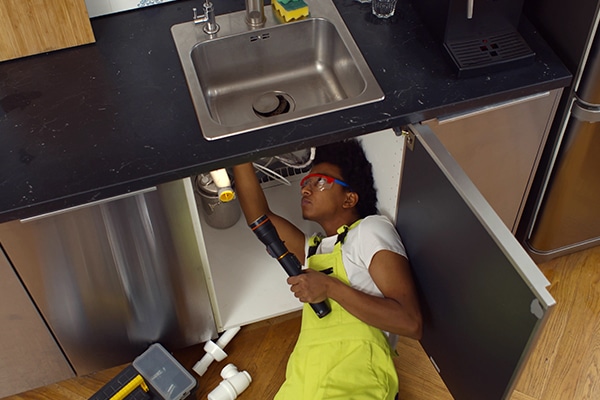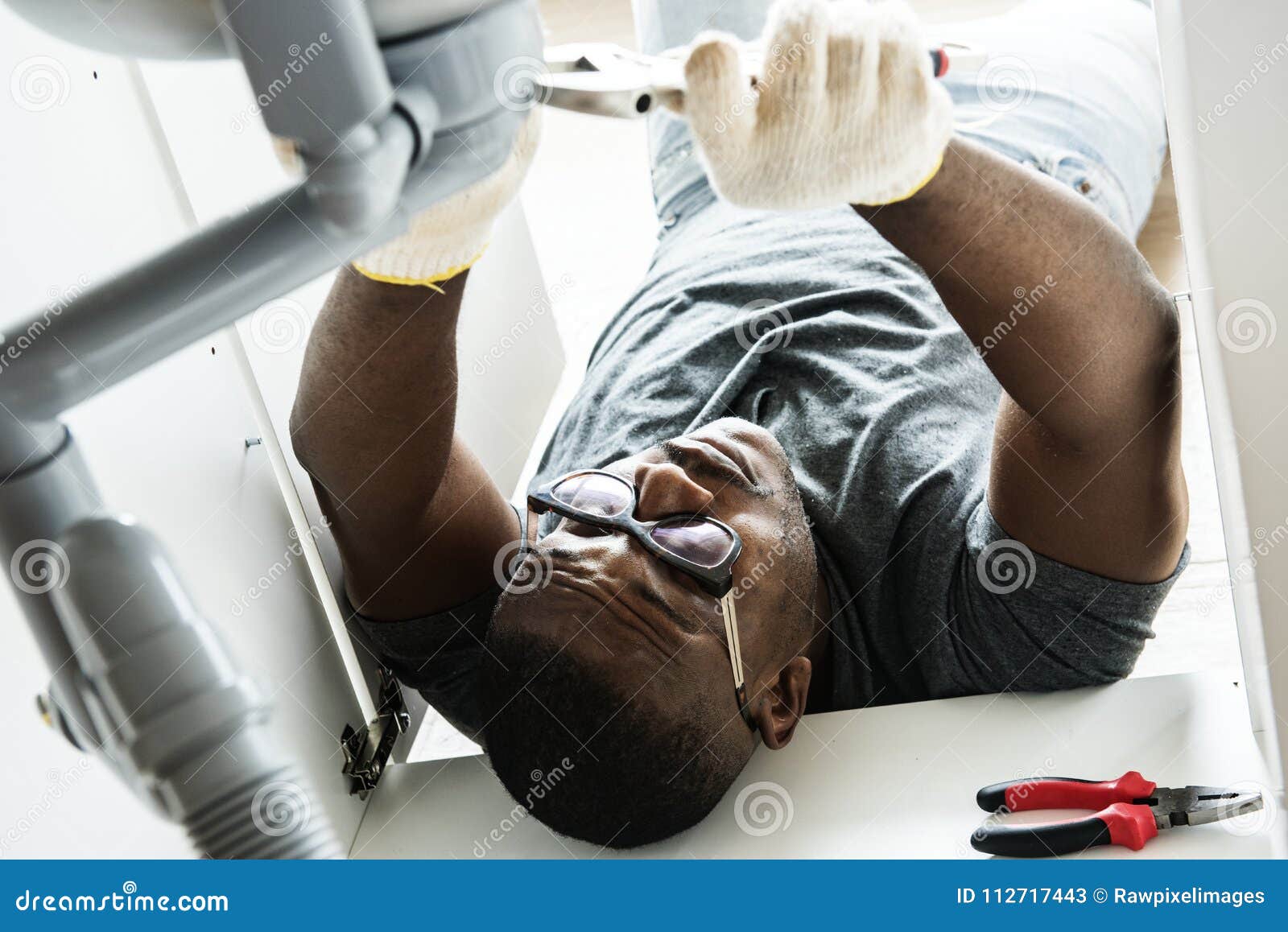Fast and Efficient Drain Cleaning Alabaster AL Services Available
Fast and Efficient Drain Cleaning Alabaster AL Services Available
Blog Article
A Step-by-Step Guide to Reliable Hot Water Heater Installment for Ideal Performance
Starting the task of setting up a water heating system is an endeavor that requires precision and an organized method for achieving optimal performance. The procedure starts with the critical decision of choosing the suitable heating system tailored to the certain needs of your family, considering aspects such as size, type, and energy source. When chosen, preparing the installation location to meet safety standards is paramount. However, the trip does not end below. As you continue, the intricacies of attaching water supply lines and setting up trusted electric or gas links await, promising insights into making certain performance and integrity.
Selecting the Right Hot Water Heater

Following, consider the dimension and capability of the hot water heater. It's crucial to evaluate your family's hot water requirements, which can vary based on the variety of occupants and their usage patterns. A device that's also small might bring about not enough warm water, while an extra-large version may result in unneeded energy usage.
Performance rankings likewise play an essential function in selection. Look for water heaters with high Power Variable (EF) ratings, showing exceptional efficiency and minimized energy use. Tankless designs, though usually more costly in advance, offer substantial energy savings with time due to their on-demand heating abilities.
Preparing the Installation Area
Prior to mounting a new water heating system, thorough prep work of the installation area is necessary. It's crucial to measure the room very carefully to fit the water heater's dimensions, guaranteeing ample clearance around the unit for effective operation and maintenance.
Next, remove any kind of particles, dirt, or obstructions from the site to develop a clean setting. Inspect the flooring for security, as the water heating unit will need a strong, degree surface to operate effectively. If required, mount a drip pan underneath the system to capture prospective leakages or spills, avoiding water damages to the surrounding area. In areas prone to seismic activity, think about setting up seismic straps to secure the heating system strongly in position.
Additionally, ensure that all needed devices and products get on hand before starting the setup. This includes products such as wrenches, screwdrivers, a degree, and any type of added hardware needed for protecting the heating system and placing. A well-prepared setup area sets the structure for a successful water heating unit arrangement, maximizing efficiency and safety and security.
Connecting Water System Lines
When linking water supply lines to your freshly mounted hot water heater, it is important to make certain that all links are leak-free and secure to keep reliable operation and avoid water damages. Begin by recognizing the hot and why not try these out cool supply of water lines. The cold water inlet is generally noted with a blue label or a "C", while the warm water electrical outlet is noted with a red label or an "H".
Use flexible water heating unit adapters to facilitate a less complicated installment process. Prior to connecting the connectors, position a plumbing technician's tape around the threaded ends of the water heating system's inlet and electrical outlet pipelines.
Once links are in place, gradually activate the primary water shutoff. Check each connection for leakages by visually examining and really feeling for moisture. Tighten up connections as required, and ensure the stress relief shutoff is appropriately mounted, guarding versus excessive pressure build-up.
Setting Up Electrical or Gas Connections
Effectively establishing up the electric or gas links for your water heater is a critical action to make sure reliable and secure operation. For electric water heating units, begin by confirming that the electrical circuit is suitable with the heating unit's voltage and amperage demands.
For gas hot water heater, safety and security is paramount. Verify that the gas supply is off prior to proceeding. Attach the gas line to the water heater using a versatile gas port, guaranteeing it is correctly threaded and secured with pipe joint substance or Teflon tape appropriate for gas links. Tighten up the connections with a wrench, making sure not to over-tighten (Plumber Alabaster AL).
As soon as links are made, inspect for any prospective leaks. visit their website For gas lines, use a soapy water remedy to the joints; bubbles indicate a leakage. For electrical links, verify that all wiring is safe and secure and properly insulated, maintaining compliance with regional electrical codes.
Readjusting and checking for Efficiency
With the electrical and gas connections securely in place, the next step is assessing the operational effectiveness of your water heater. Begin by thoroughly turning on the water supply and making sure there are no leaks at any of the joints or valves.
Next, carry out a comprehensive examination to make certain the burner or gas heaters are operating correctly. For electrical heating units, utilize a multimeter to verify if the elements are attracting the suitable present. In gas versions, observe the burner fire; it needs to be blue and constant, showing effective burning.
Readjust the setups as required to get rid of ineffectiveness. Think about carrying out insulation steps, such as including a hot water heater covering, to even more improve performance by decreasing heat loss. Furthermore, examine the anode pole's condition, as a deteriorated rod can minimize efficiency and bring about container rust.
Final Thought
Efficient water heating system installation is important for making certain optimal efficiency and power financial savings. By selecting the ideal kind and size, and carefully preparing the installation location, a foundation for click to investigate success is established. Safely attaching water supply lines and thoroughly establishing electric or gas connections reduce potential issues. Comprehensive testing for leakages and accurate thermostat modifications to 120 ° F improve integrity and efficiency. Abiding by these actions advertises lasting functionality and energy preservation in residential water heating unit.

Correctly setting up the electrical or gas connections for your water heater is an essential action to make sure risk-free and effective procedure. For electric water heating units, begin by confirming that the electric circuit is compatible with the heater's voltage and amperage demands. Link the gas line to the water heating unit making use of a flexible gas connector, ensuring it is appropriately threaded and sealed with pipe joint compound or Teflon tape suitable for gas links.
Report this page